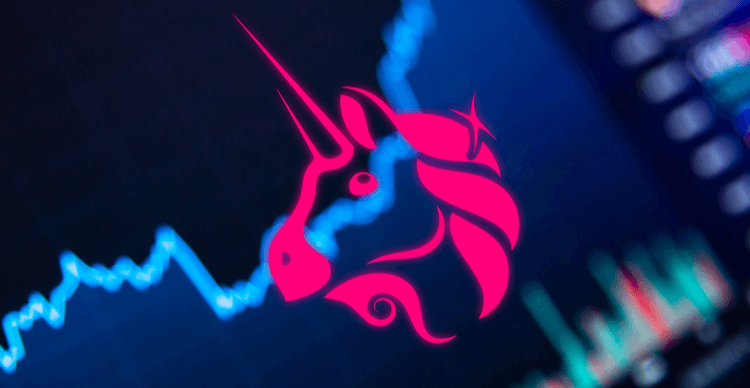Rising gold prices bring 14 carats to the fore

“My new understanding of 14-carat gold is that it’s actually a bloody good metal,” says British fine jeweller Andrew Geoghegan. Having been a “little bit set” on 18-carat gold and platinum, he will offer the lower caratage metal for the first time in his eponymous brand’s 25-year history.
His Emergence collection, launching on April 7, features three rings available in 14 or 18-carat yellow, rose or white gold, or platinum, for bespoke requests. Geoghegan says the higher proportion of other metals in 14-carat gold compared with 18 carat means it has a “superior hardness” that benefits stone setting and gives different colour hues.
“We want to give my retailers and clients choice and, as long as the gold fits our brand ethos of high quality and fit for purpose, then fantastic,” he says. “I’m all over it.”
The launch coincides with a wider rise in use of 14-carat gold among British jewellers — something already popular in the US.
Fine jewellery brand Annoushka is launching its first full 14-carat gold collection, featuring a chunky chain design in three different scales, in May. “The gold price is pretty high [it exceeded $2,000 per ounce in March] which, given that I design in normally 18-carat solid gold, has a huge effect on everything we do,” says founder Annoushka Ducas. “I want [the chain] to have some kind of size and not be too dainty, and, in order to do that in gold, 14 carat offers a more commercial opportunity. In doing that, it helps me to focus on perhaps a slightly younger audience.”
Minka Jewels added 14-carat rings and earrings featuring less expensive stones to its existing 18-carat gold Athena collection in November. A blue topaz ring with 14-carat yellow gold setting and sterling silver band costs £350, compared with £5,750 for a 18-carat ring with blue/green tourmaline. Founder Lucy Crowther wanted to provide a “slightly easier buy-in price point”, aimed at younger customers.
However, thinking “things are getting a bit tighter for everyone” this year, the London-based brand is working on a fully 14-carat gold collection being launched in May.
All gold jewellery sold in the UK must be hallmarked by law. And the number of 14-carat gold items marked by the country’s four assay offices rose 40.9 per cent year on year to 276,915 in 2022, outpacing the overall 3.9 per cent increase in all gold marked.
By comparison, the number of 18-carat gold items marked grew by 5.2 per cent to 785,370 over the same period. The total for nine carat, the lowest but most common of the gold fineness marks, fell by 2.2 per cent to 2,509,491 items.
Will Evans, general manager of the Goldsmiths’ Company Assay Office in London, who provided the figures, says there has always been strong demand for 14-carat gold hallmarking from the UK’s “ethnically Turkish jewellery sector” but the recent growth is down to an increase in global brands selling online into the UK. “The UK was always the leader in nine-carat jewellery,” he says. “The rest of the world sees 14 carat as that entry level.”
He says nine-carat gold has “a downmarket reputation” in much of the world. It contains 37.5 per cent gold, compared with 14 carat’s 58.5 per cent and 75 per cent for 18 carat.
US Federal Trade Commission guides state that products made of less than 10-carat gold should not be called “gold”.
Growth in the US is therefore driving British brand By Pariah to switch from nine-carat to 14-carat gold. Already selling there through Net-a-Porter and Goop, it will launch 14-carat designs with four new US stockists by June. “We need to be aligned across all boards,” says By Pariah founder Sophie Howard. “It gets too confusing for the customer [otherwise].”
By Pariah launched its first full fine jewellery collection in 14-carat gold last month and plans to phase out its nine-carat offering on its website by June. London-based jeweller Ruth Tomlinson started working in 14-carat yellow gold to fit the US market about 10 years ago. Today, this metal accounts for about 70 per cent of sales and makes up the majority of her eponymous brand’s new bridal collection, launching next month.
“We’ve used it more and more over the years because I’ve found it suits pretty much everyone’s skin tone,” says Tomlinson. “It’s quite muted and subtle; it’s got a bit of an old gold feel.” She says it is “warmer” and “more versatile” than 18 carat because it complements many different coloured gemstones.
As familiarity with 14-carat gold grows, UK consumer demand is rising. Orders for 14-carat yellow gold pieces at British brand Lylie were up 71.4 per cent year on year in 2022, compared with a 3.6 per cent rise for 18 carat and a 3.3 per cent drop for nine carat.
“It has felt American in the past but is really growing in traction [in the UK],” says Lylie founder Eliza Walter.








